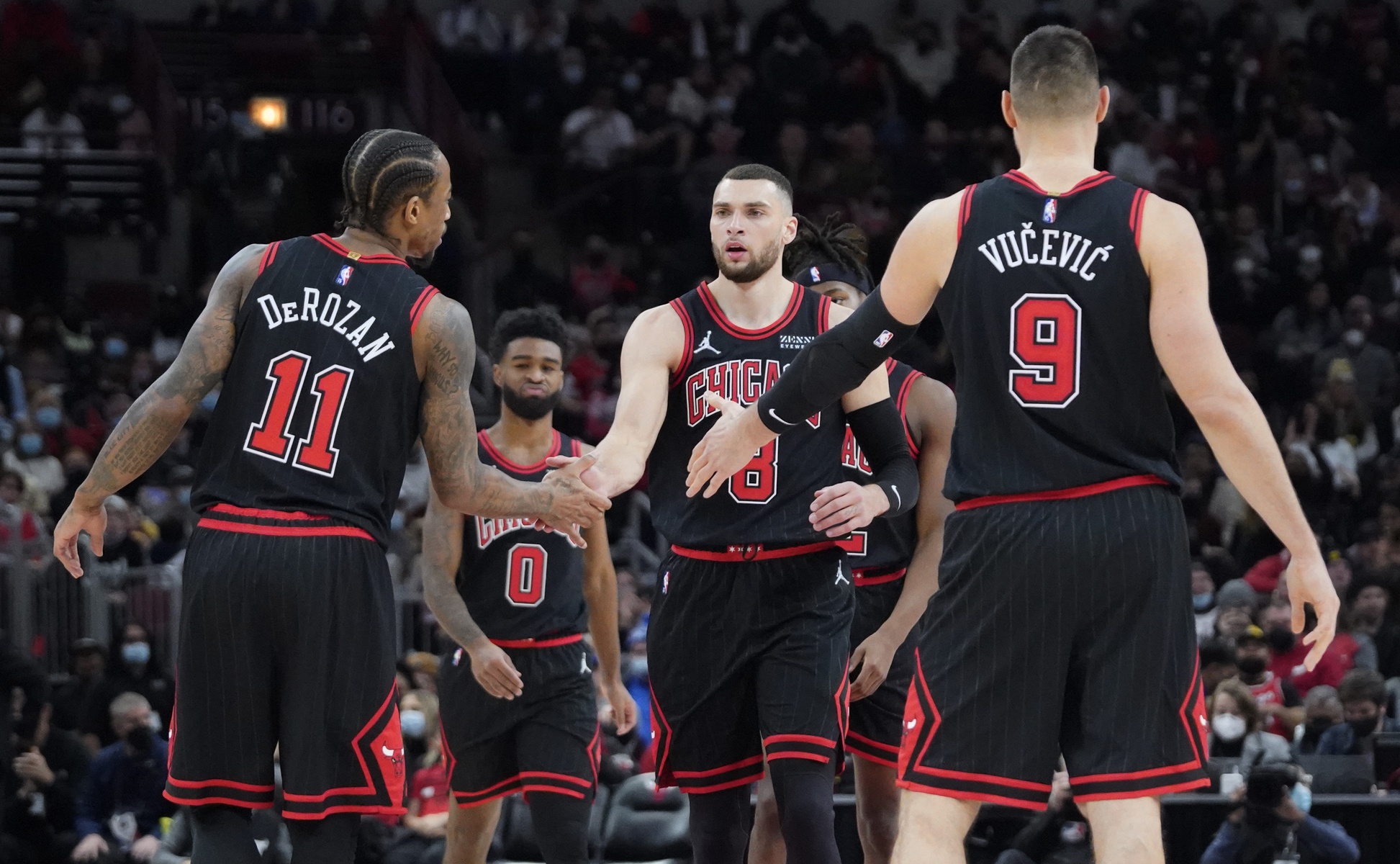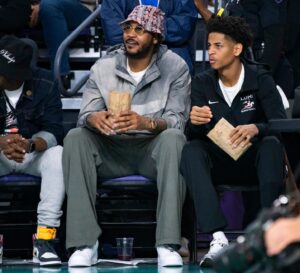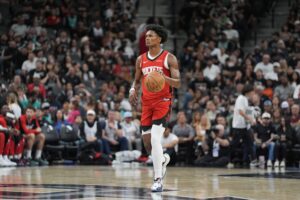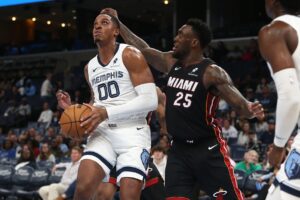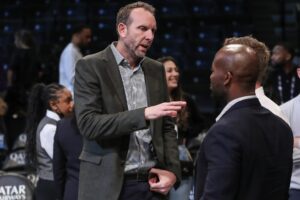The Chicago Bulls made moves in the 2021 offseason to become contenders in the Eastern Conference. In two seasons, Chicago has not made it past the first round of the playoffs. They now face questions on whether its core is good enough to compete and how long the core will be together to compete within Chicago’s timeline of contention.
NBA Roster Analysis: What Is Chicago’s Timeline?
In 2021, Chicago added Nikola Vucevic at the trade deadline. The following offseason, the Bulls added DeMar DeRozan, Lonzo Ball, and Alex Caruso to a team with Zach LaVine already there. The intentions of the Bulls’ front office were to have a quick turnaround to compete. But, so far, that goal has been out of reach.
“Big Three”
The Bulls’ de facto “big three” consists of DeRozan, LaVine, and Vucevic. LaVine just got a five-year, $215 million contract last year. At 27, his contract indicates Chicago wants him to take over as the leader and superstar of the team. Offensively, LaVine averaged 24.8 points per game last season with a 37.5 three-point percentage. He is the team’s best perimeter scorer but struggles defensively. LaVine has had a negative defensive box plus/minus rating each year of his career, cementing himself as much more of an offensive asset than a defensive, capping his star ceiling. Chicago’s big three, in general, have defensive issues, and the team seems to be setting up LaVine to be the franchise star moving forward.
DeRozan has had that star role the last two seasons, making the All-Star game both times. He is averaging 26.2 points in 36.2 minutes per game as a Bull. A mid-range guru, DeRozan shot 60.1 percent of his field goal attempts between ten feet out and the three-point line. As great a mid-range shooter as he is, DeRozan’s lack of three-point success limits his and the Bulls’ offensive ceiling. The 34-year-old enters year three with Chicago still as a star. But his window of contribution is limited and closing.
Vucevic is an anchor in Chicago’s frontcourt. He has averaged 18.2 points and 11.1 rebounds per game as a Bull, putting up a double-double in many games. Vucevic signed a three-year, $60 million deal with Chicago to return this offseason. It is a good deal for the Bulls in a market where player value keeps increasing. The 32-year-old returns and will continue to put up double-double numbers, an excellent player to have on his deal for a team wanting to compete.
Supporting Cast
The only question is, what is Chicago’s timeline to contend? The Bulls have a lot invested in this core to carve out a contending window, but it hasn’t been enough the past two seasons. They have kept the big three together and added to the supporting cast to attempt to prolong the timeline heading into the 2023-24 season.
Chicago’s key role players include an arsenal of guards and a few forwards and bigs to supplement the squad. Young players like Ayo Dosunmu, Patrick Williams, and Coby White have been big rotational pieces the last couple of seasons. White and Dosunmu signed new deals to return to Chicago this offseason, while Williams is entering year four, hoping to take the next leap as a contributor.
The Bulls added Torrey Craig and Jevon Carter through free agency this season. Both are older rotation players, expected to contribute but not long-term solutions for the team. The team drafted Julian Phillips in the second round, but first-round pick Dalen Terry hardly saw any playing time last season, so anticipate a similar situation for Phillips.
Impact of Lonzo Ball’s Injury
Alex Caruso and Lonzo Ball were Chicago’s key signings two seasons ago. While Caruso has been solid all-around for the Bulls, Ball’s nagging knee injury has kept him out for more than a season. He will miss the upcoming season as well. Prior to his injury in the 2021-22 season, the Bulls were the No. 1 seed in the Eastern Conference but fell to No. 6 afterward. Missing Ball has starved Chicago of playmaking, shooting, and defense.
Ultimately, Chicago’s supporting cast consists of youth and veteran contributors but lacks a starting point guard. Ball’s absence leaves a hole in three-point shooting and playmaking, which has not been closed by the various rotational players Chicago has brought in. Craig and Carter may help, but they are role players at best, not perennial starters for a top-tier team. Ball is unlikely to return soon. Even if or when he does, the Bulls’ older core players will not be the same. Dosunmu and White are signed for multiple years, but no one else is guaranteed a long-term role on the team.
How Long Is Chicago’s Timeline?
Ultimately, Chicago’s core is older and lacks a top-20 superstar to compete with the elite teams. The Bulls have tried to carve out a contending window, but the team has flaws with the current core. Vucevic and DeRozan are getting older, while the team sorely needs outside shooting.
Out of the core, LaVine is signed the longest, through 2027. Vucevic, White, and Dosunmu are signed through 2026, and DeRozan is through 2024. It seems Chicago wants to capitalize on DeRozan’s expiring deal this season.
The Bulls’ draft picks include their own first-round pick and the Trail Blazers’ lottery-protected 1st (unlikely to convey) in 2024. They also have a top-ten protected 2025 first-round pick belonging to the Spurs and their own 2026 first-round pick.
The ideal time for Chicago to trade their players and tank would be either this season or the 2026 season. Chicago doesn’t control its 2025 pick. It would need to sell and do a good job losing games to get it. It would be easier to wait and tank the 2026 pick instead. That is likely what will happen – Vucevic, White, and Dosunmu’s contracts are up then, several key players have theirs up before, and LaVine would only have a year left.
With Chicago keeping the core together for the 2023-24 season and not controlling its own 2025 pick, expect the team to try and contend for the next two seasons. Unless they exceed expectations significantly, the team heads for a rebuild beginning with the 2026 draft.


